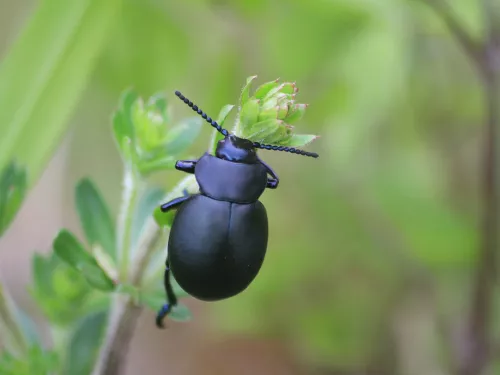
What’s the difference between bugs and beetles?
You’ll often hear the words ‘bug’ and ‘beetle’ used interchangeably – but they actually mean two different things. Let's explore the differences!
Learn more about the wildlife and wild places in Kent and beyond.

You’ll often hear the words ‘bug’ and ‘beetle’ used interchangeably – but they actually mean two different things. Let's explore the differences!
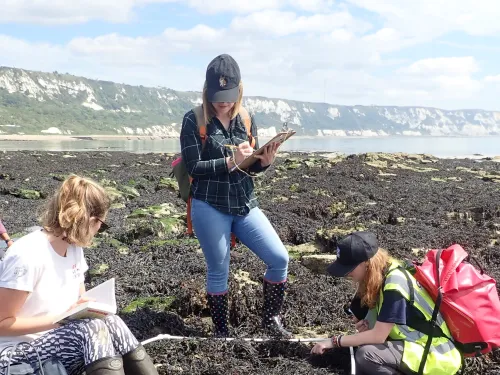
Are you a citizen scientist without realising it?
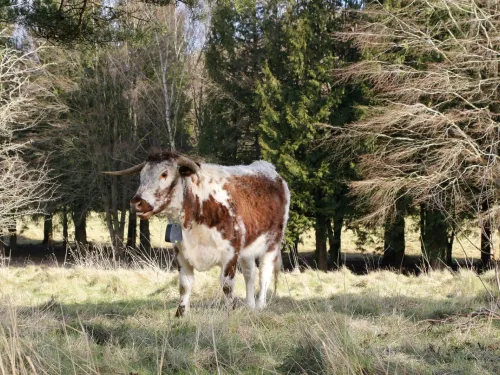
Wilder Grazing Ranger Volunteer Trainee, Ellie Edmondson, explores why grazing animals shed and gain weight throughout the year as part of a natural cycle.
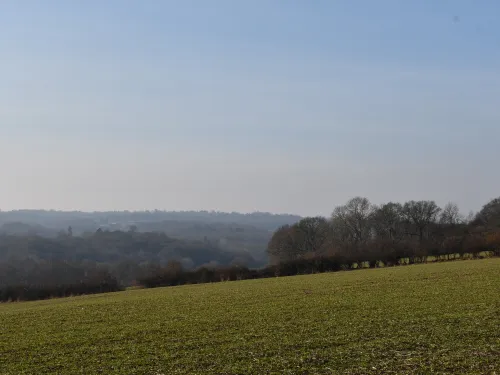
Our Hoathly Farm Appeal, which aims to purchase Grade III arable land and transform it into a wildlife haven, has sparked lively debate. Some fear that wilding will harm food security, but in truth, it can enhance and support farming.
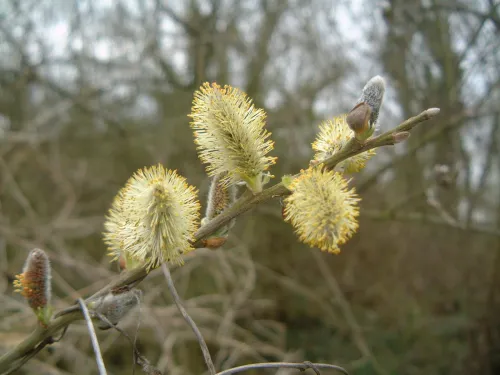
Long-time volunteer, Margery Thomas, tells all about March on our Hothfield Heathland reserve!
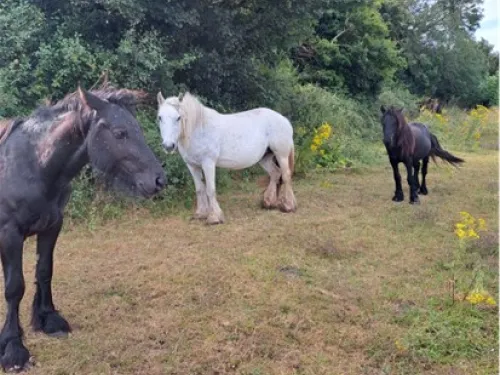
Wilder Grazing Ranger Volunteer Trainee, Ellie Edmondson, talks about the fell ponies on our reserves and what makes them great conservation grazers.
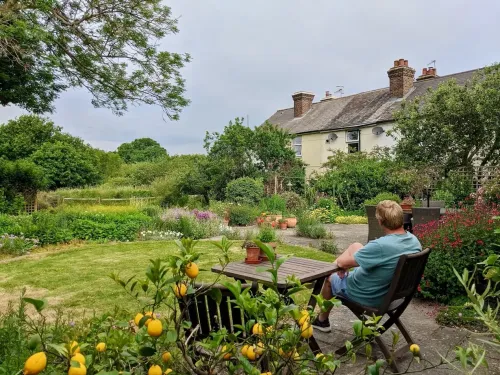
Volunteer Wild About Gardens Advisor Penny Brook takes us on a journey through her garden to share how they create a flower-filled haven for both people to relax and wildlife to flourish.
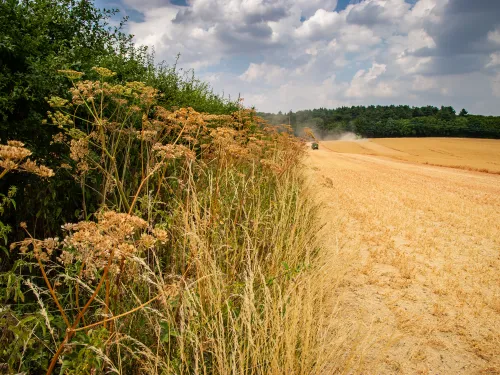
The government has been making big announcements on land use, farming, and payments, but what does it all mean for nature and farmers? Our Chief Executive, Evan Bowen-Jones, breaks it down in his latest article, highlighting why nature must be treated as critical infrastructure and sharing Kent Wildlife Trust’s response to the Land Use Framework Consultation.